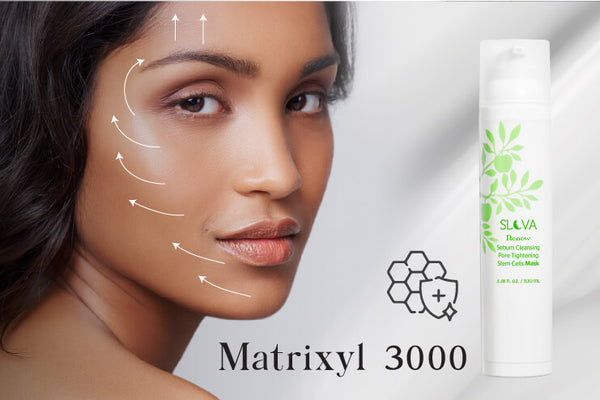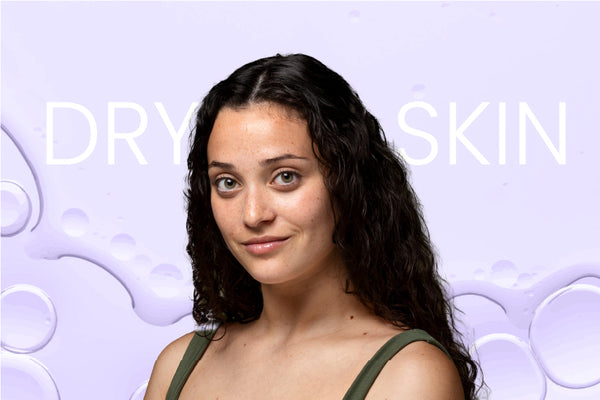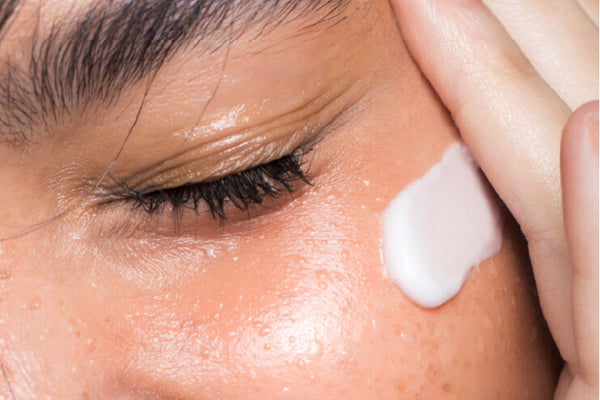Note: "Add 2 products to avail Buy 1 Get 1.
Not Applicable on Combo products."
Oily, Dry, Or Combination Skin: What Is Your Skin Type?

Typically there are 5 skin types: Normal, dry, oily, combination, and sensitive. By understanding what type of skin you have, you can build your skincare routine, know what ingredients to apply and what to avoid, and know how to care for and protect your skin based on it.
Most of us are born with normal skin, but as we age and enter puberty, our genes, hormones, lifestyle, and environmental factors can contribute to the changes in our skin types. Our skin type can change depending on our life stages also. Many of you must be wondering 'What skin type am I?'. Well, we are here to help you identify your skin type by outlining the key features of all the skin types.

Normal skin
Normal skin is neither dry nor oily: it is balanced. Normal skin is one of the most common skin types.
Key traits:
- Not prone to acne breakouts
- Does not flake
- Pores are small
- Skin's texture is smooth
- Even skin tone and clear appearance
- Feels neither greasy nor tight
- Has good moisture and elasticity
- Is soft and supple when touched
- Not sensitive to external stimulation
Dry Skin
Dry skin is characterized by dull, rough, flaky, and scaly skin.
Key traits:
- Dull and rough complexion
- Often looks flaky
- Skin feels tight and easily irritable
- Has visibly small pores
- Red patches on the skin
- Skin is less elastic
- More visible lines (wrinkles)
- Sensitive to external stimulation
- Can easily crack, peel, or become itchy, inflamed, and irritated
- Slow secretion of sebum
Oily skin
Oily skin produces an excess of sebum (skin's natural oil) that causes the skin to appear shiny and feel greasy - especially throughout the T-zone, i.e, forehead, nose, and chin.
Key traits:
- Enlarged pores
- More prone to acne breakouts
- Blackheads, pimples, and blemishes
- Shiny, thick, or dull complexion
- Less visible wrinkles
- Makeup may wear off easily
Combination skin
There is confusion around combination skin, however, it need not be that complicated. Combination skin means that you have at least two different types of facial skin.
Different variations of combination skin are:
- Normal skin with an oily T-zone (forehead, nose, and chin)
- Normal skin with dry skin around the U-zone (cheek, mouth, and eyes)
Sensitive skin
Sensitive skin means your skin may be red, feel like it's burning, itching, or dry. You can have either dry skin with sensitive skin or oily skin with sensitive skin.
Sensitive skin can be triggered by:
- External stimulation such as heat, surfactants, and exfoliation
- Certain chemicals in skincare products (e.g. fragrance, dyes and colorants)
How to determine your skin type:
If the descriptions about the different skin types still didn’t help you determine your skin type, there are tests that you can perform at home to know your skin type.
Wait, watch, determine
This method can tell your skin type, you just have to observe how your skin behaves after cleansing. Wash your face with a gentle cleanser and pat dry it gently. Wait for 30 minutes. If your skin appears shiny throughout, then you are likely to have oily skin. If it feels tight and flaky/scaly, you are likely to have dry skin. If the shine is on your T-zone, then you are likely to have combination skin. And if your skin feels hydrated and comfortable, and not oily, then you are likely to have normal skin.
Blotting sheets

Blotting sheets absorb oil when pressed to the skin. By using them you can determine your skin type. Do the same process, wash your face with a gentle cleanser, pat it dry, and wait for 30 minutes. Press blotting sheets to your entire face, then hold the sheets up to the lights to see the markings of oil. If sheets show an abundance of oil in all the areas of the face, then you have oily skin. If the sheets absorb little to no oil, then you have dry skin. If sheets show only a small amount of oil, just from your T-zone, then you have combination skin. And if you see minimal oil from every area then you have normal skin.
Summing up
It is very important to know your skin type and maintain a skincare routine accordingly. Products that work on other people might not work for you, because of the difference in skin type.


